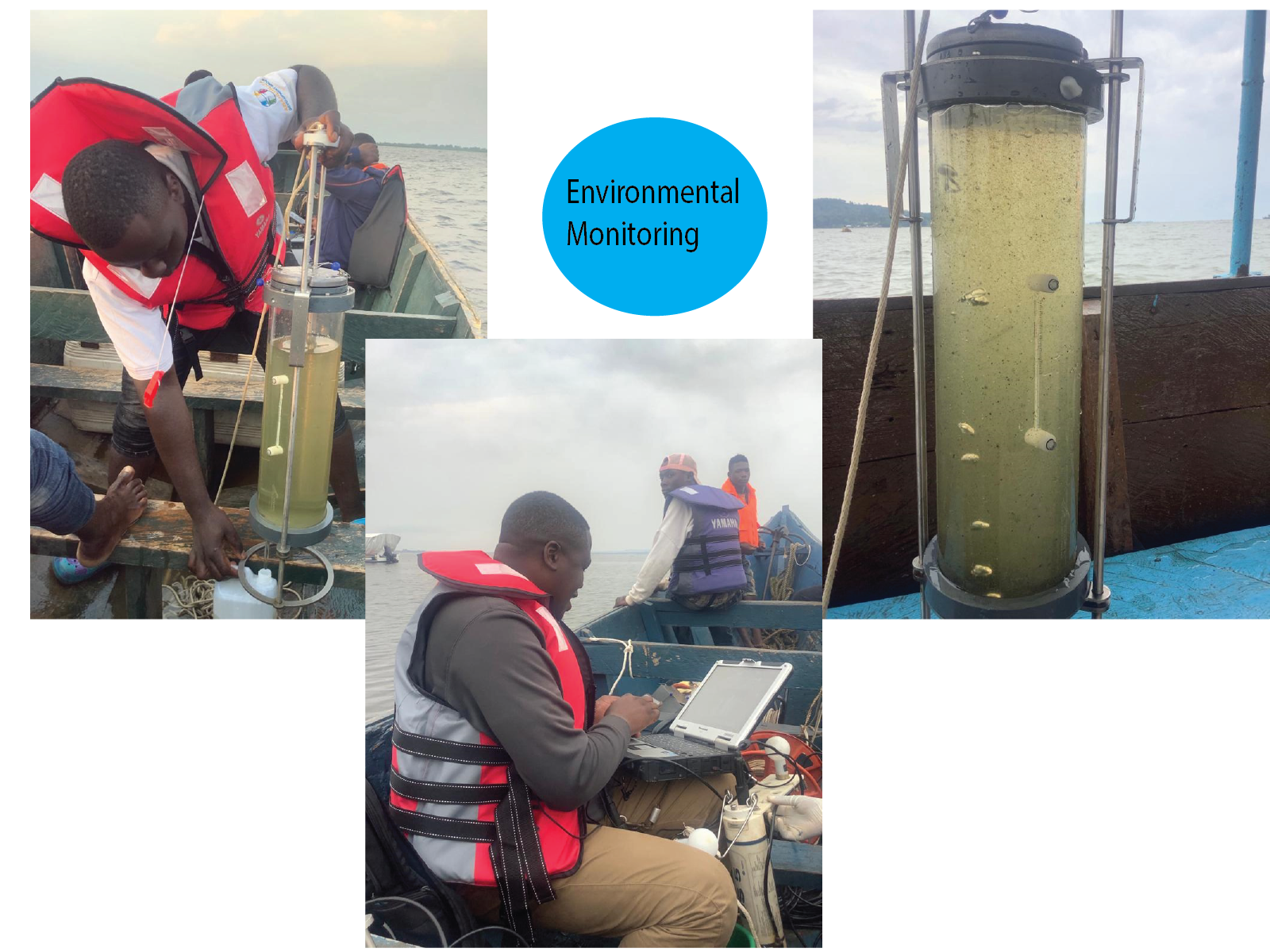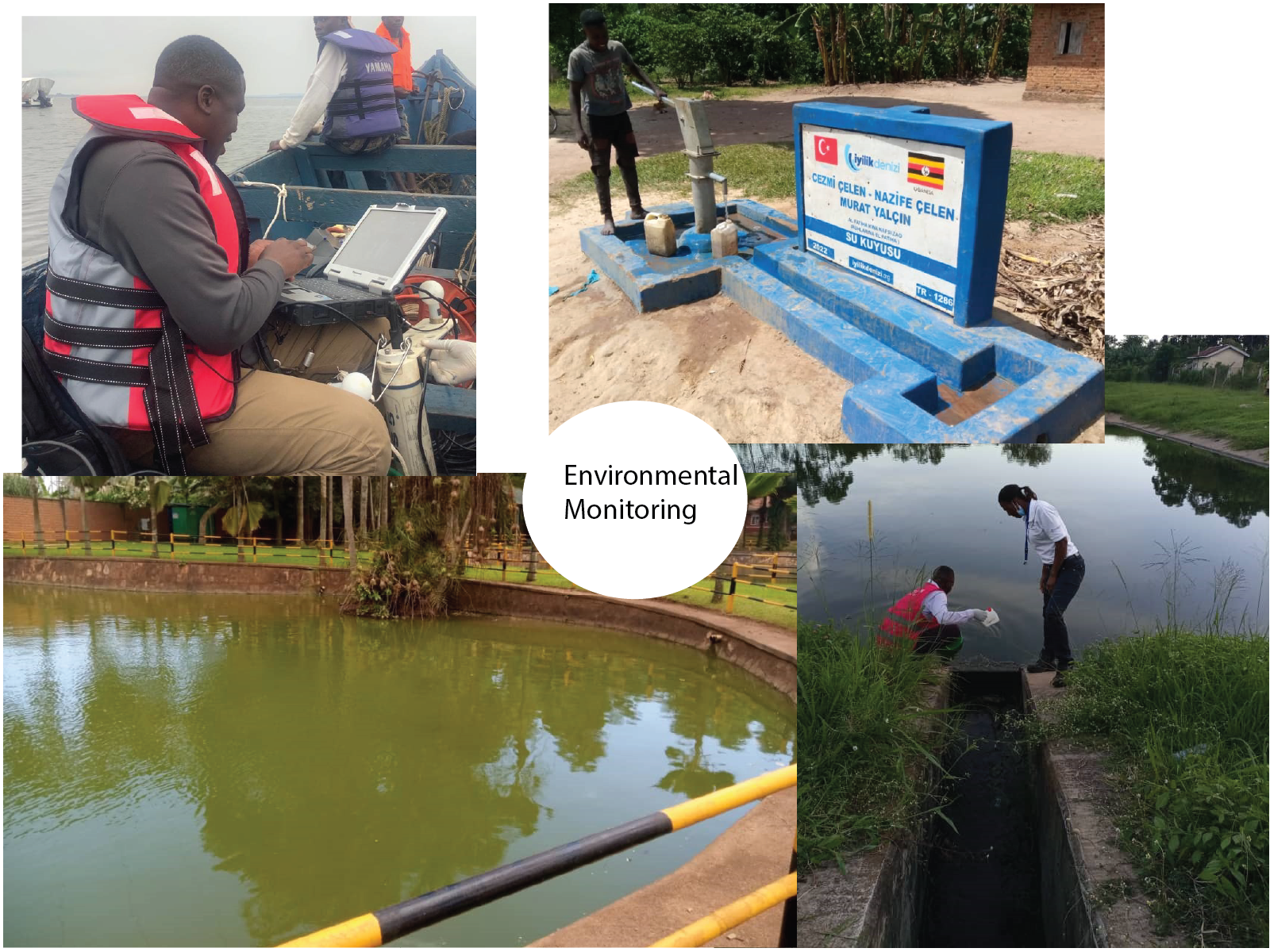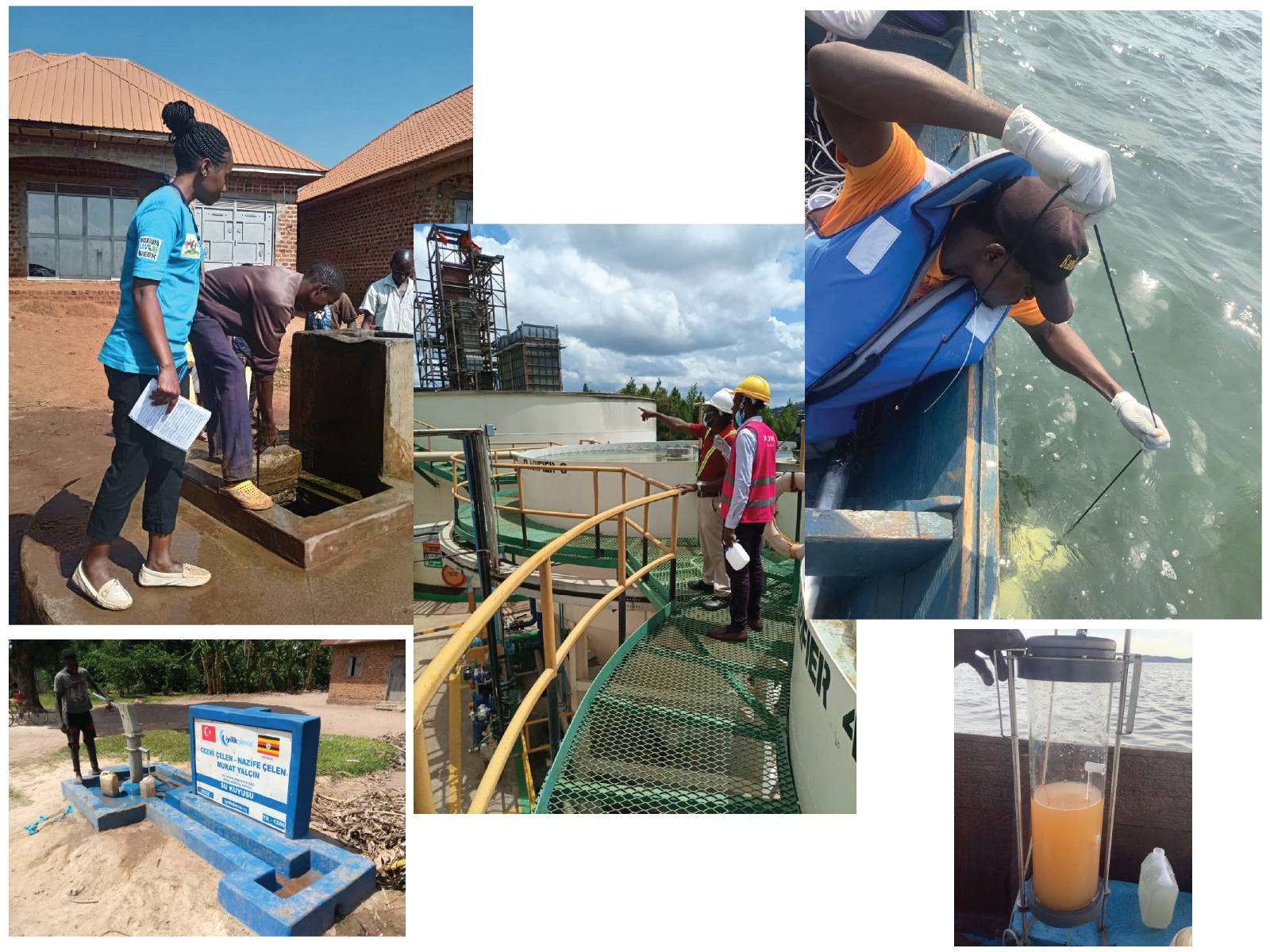Monitoring provides the evidence necessary to make decisions on managing water quality today and in the future. This alerts us of the current, ongoing and emerging problems to determine compliance with drinking water standards and to protect other beneficial uses of water such as irrigation. Water quality monitoring also assists the law-makers and water managers to formulate new policies to better protect human health and the environment. At its core, the practice serves five major purposes.
1. Results are used to pinpoint any changes or trends that appear in water bodies over a period of time. These can be short of long term developments.
2. Regularly monitoring water quality is a crucial part of identifying any existing problems, or any issues that could emerge in the future. For example, data has been used to reveal that over the past few years, increases in fertilisers used for food production had increased global nitrogen pollution in rivers by up to 20%.
3. When designing and developing pollution prevention and management strategies data collected from water quality monitoring efforts is hugely helpful. With 70% of untreated industrial waste dumped straight into water systems, pollution management is a must.
4. Today governments, communities and businesses are required to meet a range of water quality goals. Monitoring data is used to determine whether or not pollution regulations are being complied with.
5. From oil spills and radiation leaks to floods and mass erosion, water quality monitoring data is a must when developing emergency strategies. How is water monitoring carried out? Water quality monitoring data is incredibly useful however it’s not always easy to gather. Specialists use a range of different techniques to put together results, including taking samples of chemical conditions, analysing sediments and using fish tissue extracts to find traces of metals, oils, pesticides, dissolved oxygen and nutrients. Physical conditions such as temperature, erosion and flow offer valuable insight while biological measurements regarding plant and animal life indicate the health of aquatic ecosystems.
At the end of the day, water quality monitoring is an essential part of keeping the planet healthy and sustainable. As we continue to build cities, clear land for farming and make other man-made changes to the natural environment, water quality monitoring becomes increasingly important. Land based activities can have a huge impact on water systems and it’s critical that we realise how these affect waterbodies, both above and below ground.


